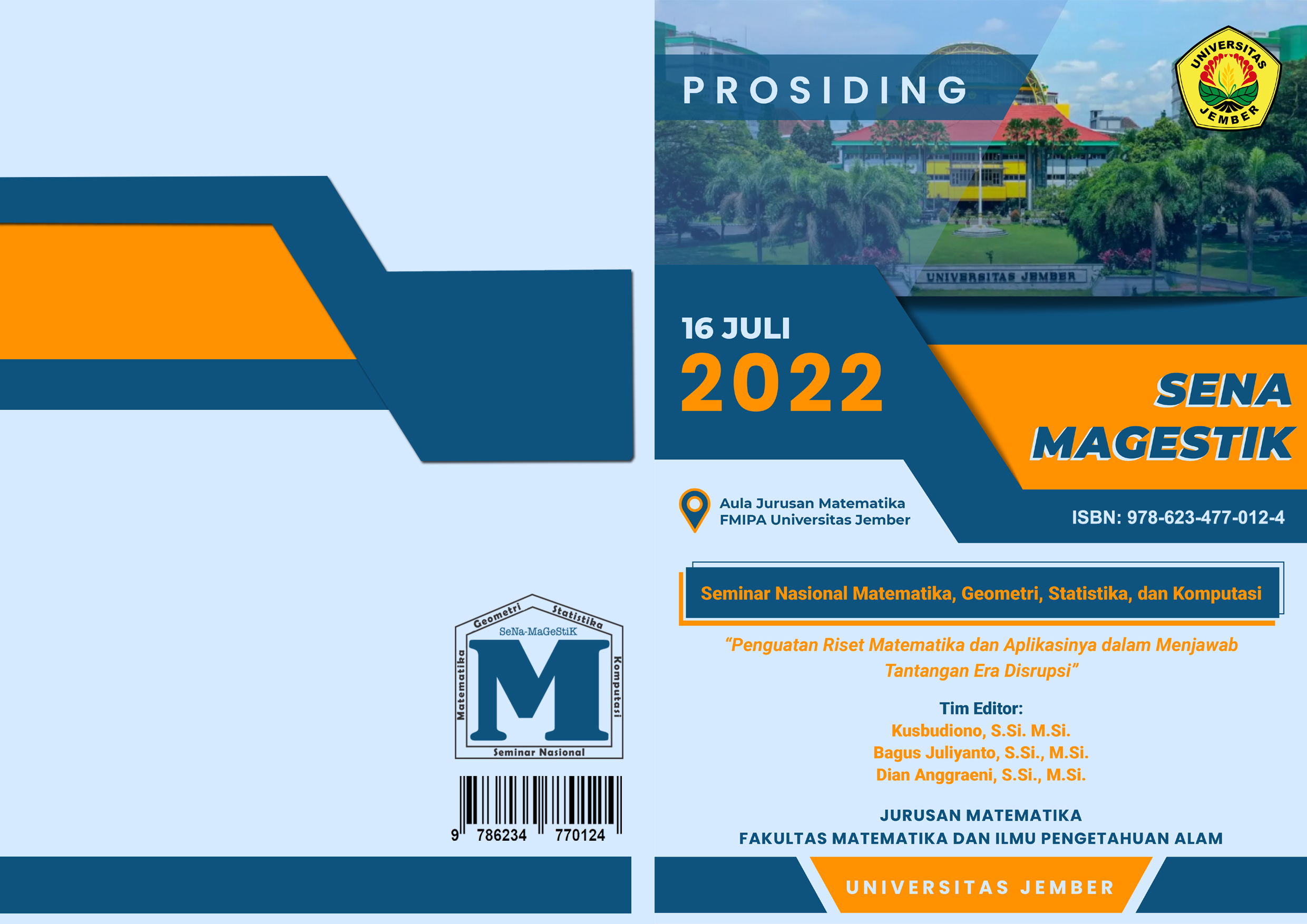PENERAPAN DATA MINING DAN PEMETAAN UNTUK STRATEGI PENCAPAIAN MUTU PENDIDIKAN SMA DI KALIMANTAN SELATAN
(Application of Data Mining and Mapping for the Strategy to Achieving the Quality of High School Education in South Kalimantan)
Abstract
Indonesia is still mapping the quality of its education system to improve the quality of the country's education. The SNP value classification has been carried out by the Education Quality Assurance Institute (LPMP) into two categories: Strengths and Weaknesses. Senior high schools that have not achieved SNP 4 scores are classified as weak, while those that have achieved SNP 4 and SNP are classified as strong. This study uses data mining and mapping approaches to organize the SNP values ​​of high school (SMA) in South Kalimantan district. The study's classification results showed that the Random Forest approach had the highest accuracy, with a precision of 0.969 for neat data and an accuracy of 0.925 for missing value data. Based on the mapping visualization, the differences fluctuate between districts, which occur in the categories of availability of labor, laboratories, and librarians. It is hoped that the Provincial Government, through the Education Office of South Kalimantan Province, will provide competent laboratories, libraries, and librarians to encourage the National Education Standards (SNP). This study provides information about the quality of education through the SNP effectiveness approach.
Keywords: classification, data mining, education, mapping.


